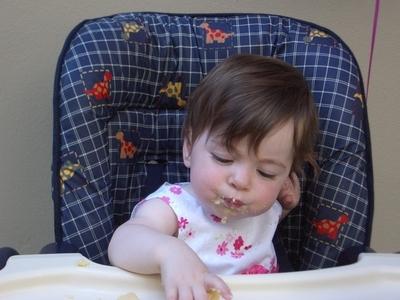Is It Allergy?
by David Hauswirth, MD, FAAAAI
There are times when a patient thinks they are reacting to a food or having symptoms as a result of eating certain foods. In these cases, food diaries – or, perhaps more accurately, symptom diaries – can be useful diagnostic aids. These simple records of what you eat and what symptoms you feel can help your doctor narrow down possible triggers, and in turn help you feel better.
Food diaries are never used when a food is a suspected trigger of anaphylaxis (a severe, life-threatening allergic reaction) or if there is an obvious relationship between food ingestion and symptoms.
For example, if your child eats peanut butter and has hives and lip swelling several minutes later, use epinephrine if you have it (i.e. if the food allergy was already diagnosed) and seek emergency medical care, followed by a visit to an allergist. However, if you suspect foods that you are continuing to eat may be causing symptoms such as stomach upset, headaches, rashes, fatigue, poor concentration, memory issues or other symptoms, ask your doctor if a food diary or food journal would be helpful. If there is any question about your symptoms, ask your doctor first before starting a food diary.
What is a food diary?
A food diary is a chronological listing of all the foods that a person has eaten and the symptoms that they have experienced. Food diaries can be useful when you believe that you (or your child) are experiencing symptoms that are caused by a food, but you are not sure which food is causing the problem, or if your symptoms are food related at all.
An excellent Food and Symptom Journal form can be found at http://www.allergyhome.org/hea...rgy-symptom-journal/.
What should you record in a food diary?
To be most useful a food diary should track:
- What exactly was eaten, at what time of day – This includes the number of servings eaten (based on the person’s own “typical” serving size), as well as the specific ingredients of the dish. If vitamins or supplements are taken, those should be listed as well.
So, for example, if your son had oatmeal for breakfast, it would be important to record that he had “one serving of oatmeal with brown sugar, raisins and almonds” at 7:30 am. But it would not be necessary to measure everything out to determine exactly how much brown sugar, raisins and almonds he consumed. This is not a calorie counting exercise, so that information is not needed. But you do need to record all foods or beverages consumed, not just the main part of a meal or the primary food (i.e. be sure to record drinks, snacks, condiments, etc).
- What symptoms were experienced, at what time of day – Be sure to include any “abnormal” symptoms, even those that you were not anticipating. It is important to note when the symptoms happened as well as what other things the person was doing at the time.
What about the ingredients of packaged goods?
All ingredients need to be included in the diary, including the ingredients of packaged goods.
The easiest way to do this is often to save the package when you are done with the contents, cut out the ingredient information and attach it to the diary.
If this isn’t possible, you can often print out a copy of the ingredient list from the manufacturer’s website. Or, of course, you can write it all down.
What will the doctor be looking for?
When a physician requests that you keep a food symptom diary, he or she is looking for consistency; every time a specific food is eaten something happens, and when that specific food is not eaten, the problem or symptom does not occur.
It is important to note that in and of itself a food diary is not diagnostic. Although it can be a useful tool to help narrow down the potential causes of a problem, it does not confirm or make a diagnosis.
How else are food diaries used?
Food diaries are used for many purposes. In the food allergy world, the other most common use is by dietitians. The dietitian can review a food diary to determine if the child is getting adequate calories and nutrition. This is important to assess if important foods are eliminated from the diet due to suspected/diagnosed food allergies.
Never use a food diary as a food challenge or test!
A food diary should never be used if there is any known or likely chance of anaphylaxis. In this case, as soon as a food is suspected it should be removed from the diet. During the food diary exercise, foods to which the patient already has a confirmed allergy should not be eaten!
Conclusion
While a food diary is a tool to help your doctor, it is not a way to diagnose a food allergy. Many people suspect symptoms related to foods but are not sure which food or foods is/are the cause. A diary or journal is a way to map your symptoms and see if there is a relationship to the foods you have eaten. It should always be done with the help of your doctor. Diaries can be an excellent way to start exploring puzzling symptoms and often help to show that foods are not the cause.
Dr. David Hauswirth is an allergist in Columbus, Ohio, with Buckeye Allergy. He also practices at Nationwide Children's Hospital. He graduated magna cum laude from Wittenberg University with a BA in biology and obtained his medical degree from the Medical College of Ohio (University of Toledo). He completed his residency in Internal Medicine and Pediatrics at The Ohio State University and Nationwide Children’s Hospital, followed by a fellowship in Allergy and Immunology at Duke University.
Dr. Hauswirth is board certified by the American Board of Allergy and Immunology as well as the Boards of Internal Medicine and Pediatrics. He is a Fellow of the American Academy of Allergy, Asthma and Immunology, and the American College of Allergy, Asthma and Immunology. He has been in practice since 2005.





Comments (0)